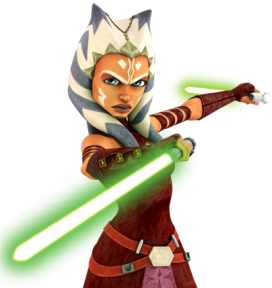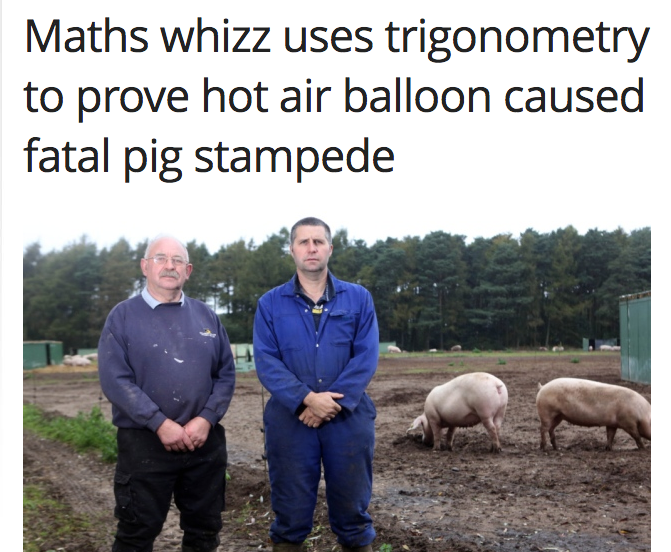
Mathematician and data scientist Kirell Benzi has examined all the data from Star Wars fansite Wookiepedia and found some really interesting connections between eras, characters, the movies, and the expanded universe.
Check out the posts here:
Part 1: http://kirellbenzi.com/blog/exploring-the-star-wars-expanded-universe/
Part 2: http://kirellbenzi.com/blog/exploring-the-star-wars-expanded-universe-part-2/
(There are apparently more parts on the way. I’ll post them here when they are posted on Kirell’s website)
BADGING:
Read at least one of the articles linked above fully. Be familiar with all of them and what the different charts are measuring. Pick your favorite Star Wars character (if you don’t have a favorite Star Wars character, why are you doing this badge? Also…what’s wrong with you?)
Use the infographics and charts on the articles to mathematically anlyze your character. Be sure to answer the following questions: Explain how your favorite character’s race (alien or human) fits in the larger context of the story, especially compared to other alien races. How does the era your character lived in compare to the other eras of the Star Wars universe? What connections does this character have with other characters in the Star Wars universe? What faction (Dark Side/Light Side) does your character belong to and how does he/she fit in the overall arc of that story.
Because you might find it tricky, I’ve included my response below. Use it as a guideline. You may not choose the same character that I chose.

Character: Ahsoka Tano
Faction: Jedi/Light Side
Era: Clone Wars into the Rebellion
Race: Togruta
Ahsoka Tano is a Jedi, padawan of Anakin Skywalker in his pre-Darth Vader years. She is a Togruta, which are not one of the 10 most frequent species in the Star Wars stories. Since humans make up 80% of those characters, and Togruta are not one of those top-10 species, it’s safe to say that Togruta are not very common in the Star Wars Universe. Shaak-Ti (a Jedi knight during the Clone Wars) is the only other one I can think of off the top of my head.
Ahsoka was mainly an influential character during the Clone Wars (identified in the article as the “Rise of the Empire” era). She was also around during the very beginnings of the Rebellion, though she presumably perished before the events in the first Star Wars movie took place.
The factions that Ahsoka would be most tied to from the faction graph are the Jedi Order, Coruscant Security Force, the Galactic Republic and the Grand Army of the Republic. You’ll notice that these factions are connected, and Ahsoka would be one of the reasons. Of the 15 most connected characters in the saga, Ahsoka would have major connections to: Anakin Skywalker, Palpatine, Obi-Wan Kenobi, Dooku, Padme, and Yoda (40% of that list) with minor connections to Chewbacca and Jabba the Hutt (another 13%). Along with Yoda, Obi-Wan Kenobi, and Anakin, Asohka is one of the main “bridges” between the Republic and the Rebellion. Most other Jedi were killed by Order 66, so it makes sense there are so few bridge characters.
For someone not likely well known by anyone who hasn’t seen anything beyond the movies, Ahsoka is a well-connected character with influence on a great many major events in the saga. In fact, she’s among the 20 most-connected characters according to the second article. There are only 5 names of those 20 that don’t appear in the movies, and many of those have names that are common in the Saga (“Skywalker”, “Darth”, etc.)









